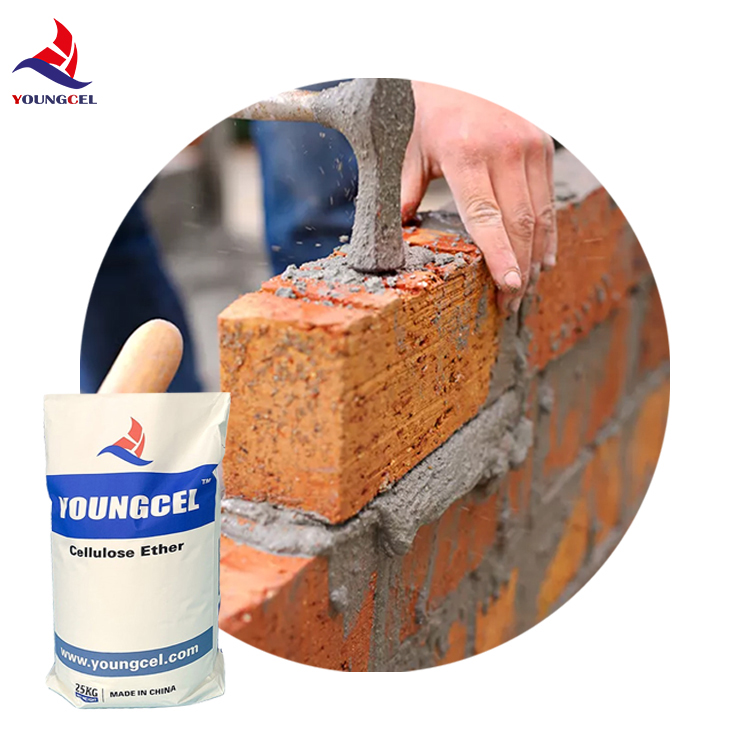The Role of Additives in Cement Production Enhancing Performance and Sustainability
Cement, a crucial binding material in construction, has been the backbone of infrastructure development for centuries. However, the traditional production process of cement is energy-intensive and can produce substantial carbon dioxide emissions. As the construction industry evolves, there is a growing interest in the use of additives to improve the performance, sustainability, and environmental impact of cement.
Understanding Additives in Cement
Additives, also known as admixtures, are materials added to cement or concrete in small quantities to enhance specific properties. They can be classified into two main categories chemical additives and mineral additives. Chemical additives typically include plasticizers, superplasticizers, retarders, accelerators, and air-entraining agents, each serving distinct purposes in enhancing workability, setting time, and durability. Mineral additives, such as fly ash, slag, and silica fume, contribute to the overall performance of cement by improving strength, reducing permeability, and minimizing heat generation during hydration.
Benefits of Chemical Additives
Chemical additives are pivotal in optimizing the performance of cement. For instance, superplasticizers significantly increase the flowability of concrete without adding extra water, thus maintaining the material's strength and reducing porosity. This property is particularly beneficial in large-scale construction projects where complex shapes and high durability are desired. Moreover, the use of retarders helps control the setting time of cement, allowing for greater flexibility in construction schedules, especially in hot weather conditions where rapid setting could compromise workability.
Similarly, accelerators play a vital role in cold weather construction, enabling faster setting times and early strength gain, which is essential for projects with tight timelines. Air-entraining agents improve the freeze-thaw durability of concrete, making it suitable for regions with severe weather conditions.
The Impact of Mineral Additives
Mineral additives are increasingly being used to replace a portion of Portland cement in concrete mixes. The incorporation of materials like fly ash and ground granulated blast furnace slag not only enhances the mechanical properties of concrete but also addresses environmental concerns associated with cement production. Fly ash, a byproduct of coal combustion, can replace 15-30% of cement in a mix, contributing to lower carbon emissions and energy consumption in cement manufacturing.
additive for cement

Additionally, these mineral additives can enhance the long-term strength and durability of concrete, reducing the permeability and consequently increasing resistance to aggressive environmental conditions. The use of silica fume, a byproduct from silicon metal production, can significantly improve the compressive strength of concrete, making it suitable for high-performance applications.
Sustainability and Environmental Considerations
The incorporation of additives plays a crucial role in the sustainability of cement and concrete production. By reducing the quantity of Portland cement needed in a mix, the environmental footprint of concrete can be lowered significantly. The American Concrete Institute (ACI) has recognized the importance of using supplementary cementitious materials (SCMs) to enhance sustainability and has advocated for their broader usage in concrete production.
Moreover, the lifecycle analysis of concrete shows that using additives can lead to improved durability, which translates into longer service life and reduced maintenance costs over time. This, in turn, minimizes the environmental impact associated with repairing or replacing structures.
Challenges and Future Directions
While the advantages of using additives in cement are clear, challenges remain in terms of standardization and compatibility. Admixtures can react differently with various cement types, and their performance can be influenced by factors like temperature and humidity. Ongoing research and development are essential to formulate guidelines and ensure reliable performance across diverse construction scenarios.
Additionally, as the demand for environmentally friendly construction solutions grows, the cement industry must continue to innovate. This includes exploring new types of additives, improving the efficiency of existing ones, and enhancing the overall sustainability of the construction process.
Conclusion
In conclusion, the use of additives in cement production is transforming the landscape of construction materials. With the potential to enhance performance and reduce environmental impact, these materials are not just additives; they are essential components that contribute to building a more sustainable future. As the industry embraces these innovations, the journey toward greener construction is both promising and imperative.
-
Rdp Powder: Key Considerations for Wholesalers in the Building Materials IndustryNewsJul.08,2025
-
Key Considerations for Wholesalers: Navigating the World of Hpmc - Based ProductsNewsJul.08,2025
-
Hpmc Detergent: Key Considerations for WholesalersNewsJul.08,2025
-
Key Considerations for Wholesalers: China Hpmc For Tile Adhesive, Coating Additives, Concrete Additives, and MoreNewsJul.08,2025
-
Crucial Considerations for Wholesalers: Navigating the World of Construction MaterialsNewsJul.08,2025
-
Key Considerations for Wholesalers Sourcing Additive For Cement, Additive For Concrete, Additive For Putty from Additive Manufacturer Shijiazhuang Gaocheng District Yongfeng Cellulose Co., Ltd.NewsJul.08,2025




